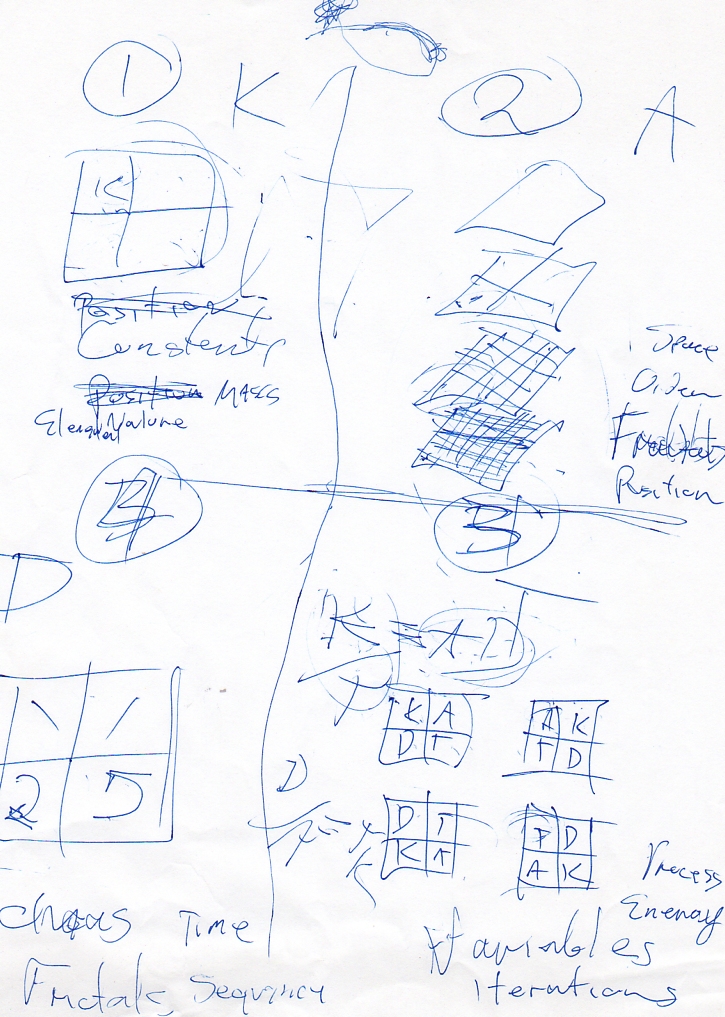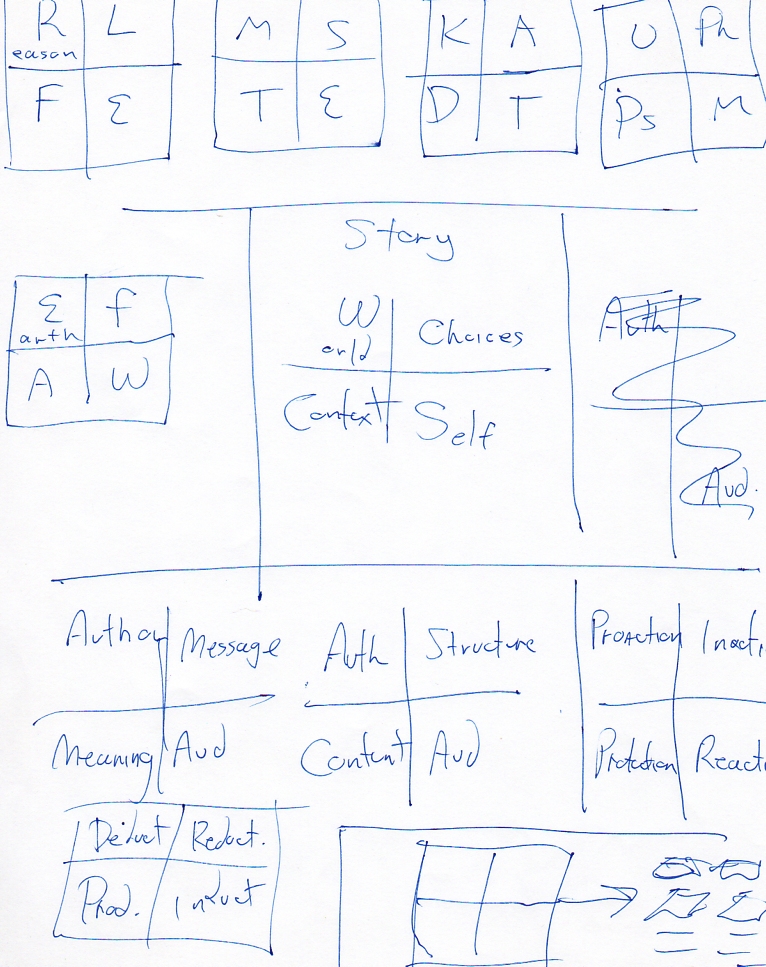Excerpted from Dramatica Unplugged: The Story Mind
In summary, then, in our own minds we have a sense of who we are. In stories, that “sense of self”, essentially the identity or ego of the story, is represented by the Main Character. As readers or audience we tend to identify with that part of the Story Mind, either in empathy or sympathy, because it is the essence of the story’s humanity.
And just as within ourselves we sometimes must consider changing our point of view or our sense of what is right or wrong about a particular issue, so too does the Story Mind grapple with the possibility of change.
Our own survival instinct insists that we don’t recklessly abandon and old tried and true approach in favor of a new untested one without first engaging in some exploration of what such a change might mean in our lives.
After all, if we simply adopted a new mind set on a whim, we will have already changed and our allegiances would be to some other value standard, which may turn out to be contrary to our own interests.
So, essentially we have it out with ourselves. We think about how our world looks to us at present, then imagine what it might look like if we altered some aspect of our outlook or personal code.
We think about how that other belief system – what does it hold, how does it work, what can we learn from it – while still maintaining the belief system we have. Only then, if we are convinced it is a better way to look at the world, we’ll jump over and adopt it.
At that moment we have changed at least some small aspect of what we call our “selves”. We have changed who we are in our own heads.
In stories, it is the Obstacle or Influence character who represents this new person we might become. Functionally, this character might be very like the Main Character (and in practice often is) except in regard to the central message issue of the story regarding which these two characters are diametrically opposed.
The subjective story – the throughline in which the Main Character and Obstacle character duke it out over opposing belief systems – represents our inner struggle wherein we play devil’s advocate with ourselves, pitting who we are against who we might become.
In the end, we elect (or are emotionally compelled) to change or not. But whether change will prove to be a positive choice will remain to be seen, as sometime we change for the good and sometimes we change for the worse.
And finally we arrive back at the Objective view. It is the one view we can never have of ourselves, yet though we can apply that view to others, we are then hobbled in another way for we can never really know what is going on inside their minds.
Stories seem almost miraculous to us because they present us with all four points of view in regard to a single central issue. In a sense, the author provides us with a God’s Eye View of the Story Mind, enabling us to see the Big Picture even while we passionately share the Main Character’s inner view.
The point being that the author is professing to have some special knowledge or experience that allows him or her to understand what is really going on, regardless of how it might feel to the man on the street.
The promise of a story is that it may tell us that when we are faced with a particular kind of problem and the situation feels a particular way, whether or not we should accept that or ignore it to act as we always have or to abandon our proven methods and embrace new ones from here on out.
Melanie Anne Phillips
Co-creator, Dramatica



